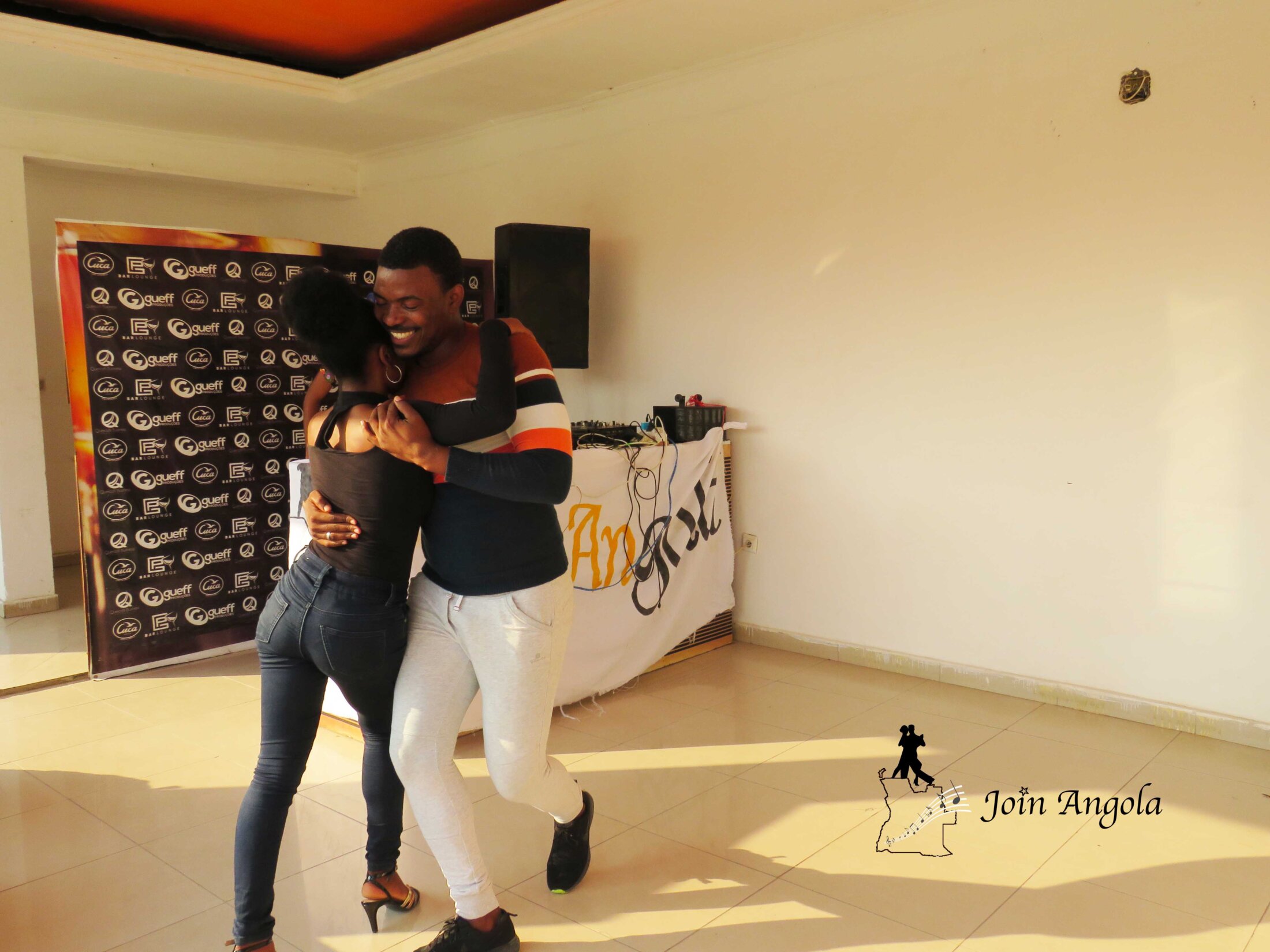
The Festival’s dances
Semba, Kizomba and Tarraxinha originate from Angola.
The elders used to dance Semba in their quintals (=their yards, a “must” in Angolan houses) a long time ago. It was a fun way to enjoy yourself with your relatives and friends. More recently, a combination of semba with dances from other countries gave birth to Kizomba, a more sensual dance where the couple is required to be in closer connection. Finally, tarraxinha was created in Benguela by a local DJ (DJ Chico Max). This dance requires very close contact between the partners and is heavily critized by the Kotas (=older people). All three dances are interconnected and – often – people will dance a combination of at least two of them. Read on for more information about each dance!
Semba and kizomba
Bear in mind that the differences among the three dances can – at times – be very subtle. Semba and Kizomba, in particular, share many steps and that’s why we have decided to group them together here.
Semba is the most classic one among the 3 modern Angolan dances that we are presenting here. For this reason, it’s called “the dance of the kotas” (“kotas” in Angola defines older people – anybody who’s not “youth”). However, it’s importat for the couple to show that they’re actually living the music. Semba dancers need to show off their creativity through their moves.
Semba has been evolving, with the younger generations, to the point that you can now see a distinction between: 1) classic semba (the one of the kotas) and 2) semba of the street (“o semba da rua”), which lets people add more acrobatics to the dance.
Kizomba is the evolution of semba. When dancing kizomba, partners have to be physically quite close to each other. The pace of the steps is usually slower, and more sensual, than in Semba. Instead of creativity, this dance is based on the sensuality of the dancers.
Kizomba evolved even further with the influence of Zouk (music and dance from the Antilles) and the appearance of Tarraxinha.
Tarraxinha
Tarraxinha is a dance that requires very few steps, because it is actually more about the “paradas” (=“stops”). In fact, it’s even more sensual than Kizomba and is more focussed on “ginga” (the sensual movement of bodies that is necessary to dance all 3 Angolan dances – semba, kizomba and tarraxinha) and lots body rolls.
Tarraxinha is very criticized by the kotas in Angola, because it is quite liberal with its ginga. In fact, it’s a dance that is almost completely centred on the physical proximity of the partners. The saidas (=“exits”) and the entradas (=“entrances”) are very rare, and they are only used to give some colour to the dance.
Tarraxinha was created in the province of Benguela, by DJ Chico Max, a fact that has been forgotten over time. Now, it’s generally associated with Kizomba, and it’s often used in between steps when dancing Kizomba.
To learn more about each dance, click here to check out our website!
Get your pass now
Buy your pass and secure your place in festival!